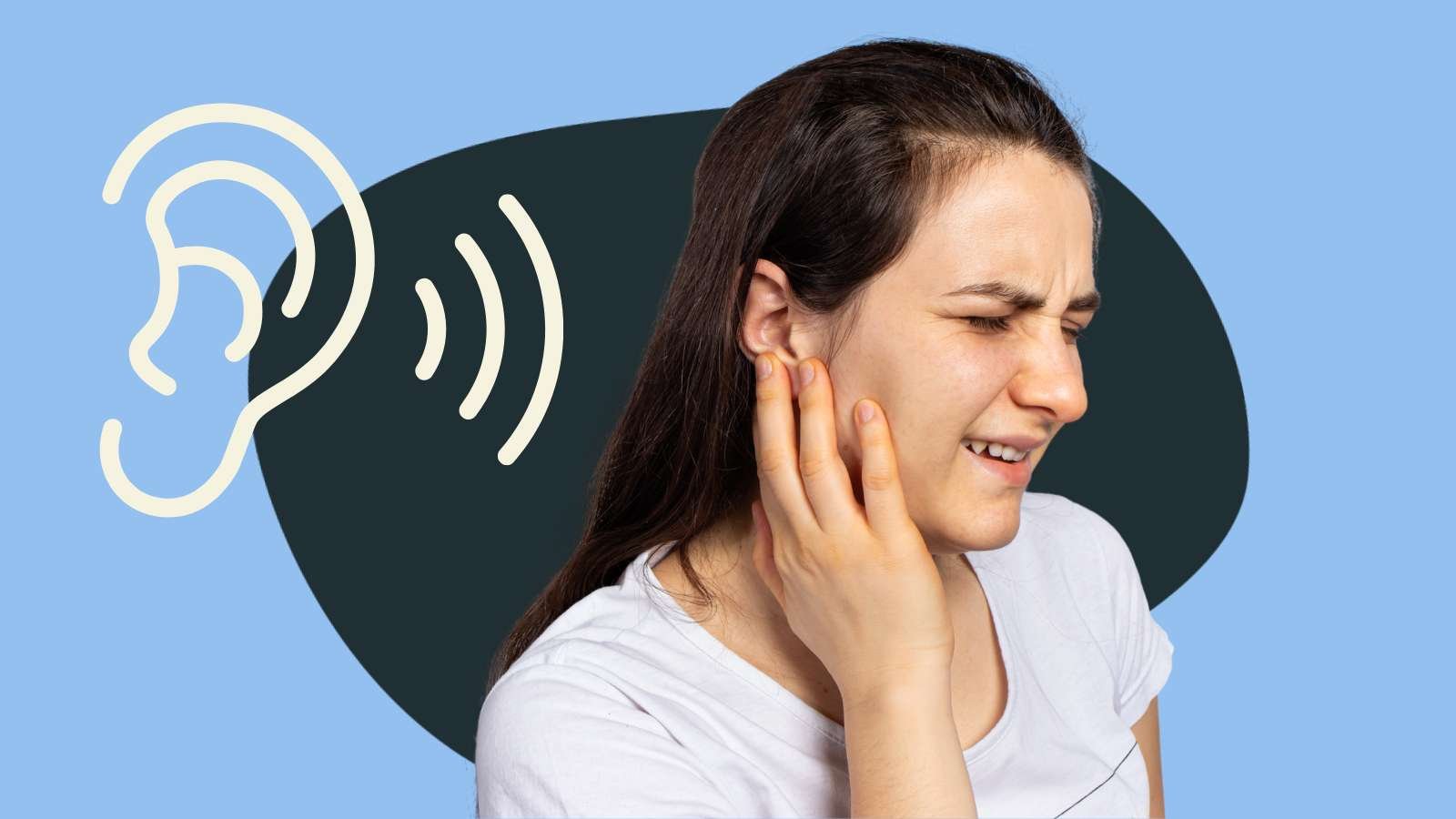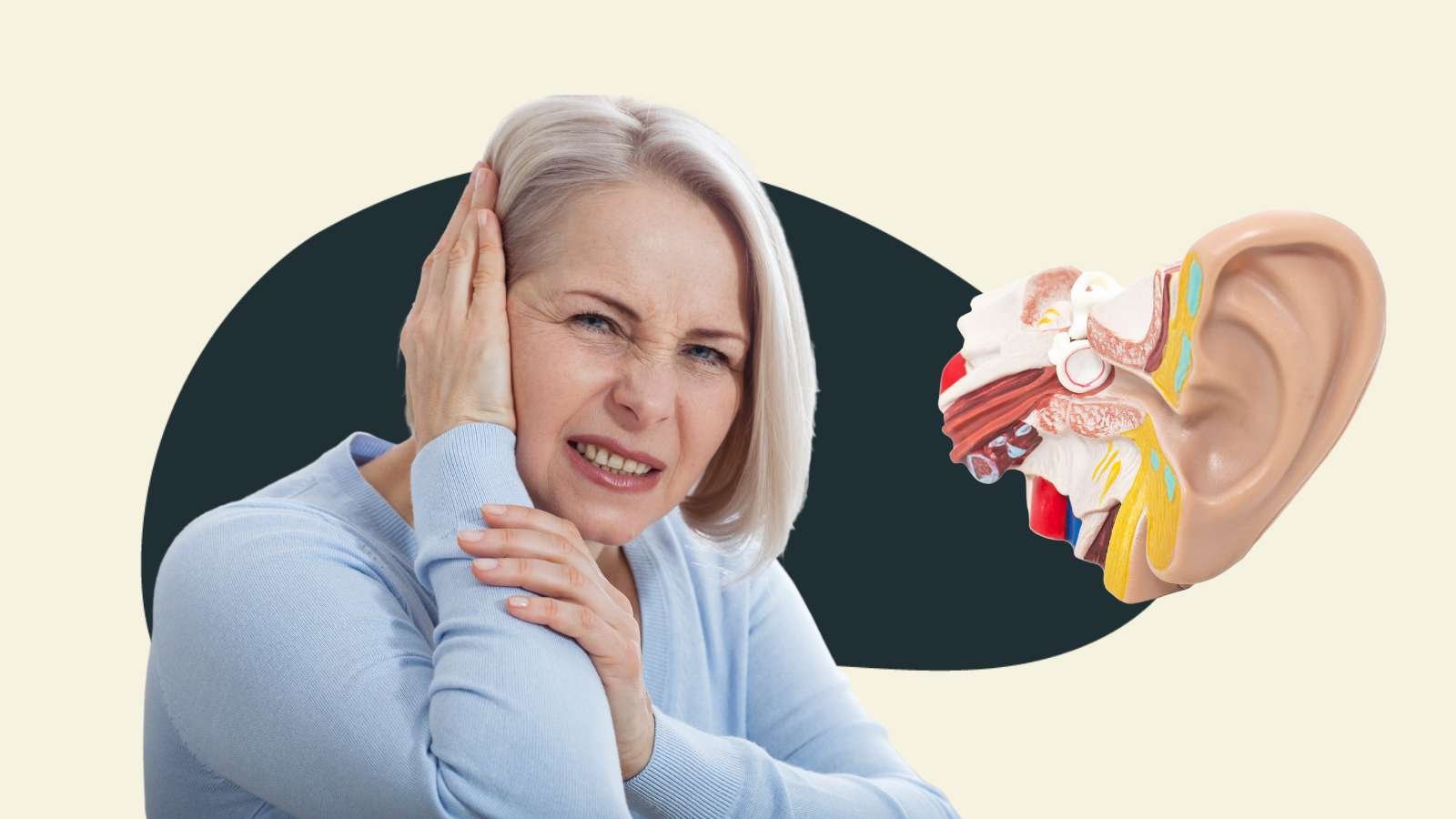As an audiologist who has worked in a busy neurotology clinic with many different ear pathologies, I have seen my fair share of eardrum ruptures, also known as tympanic membrane perforations.
It is a relatively common occurrence, and patients usually want to know what that means and what to expect. This article will discuss the symptoms of an eardrum rupture, its causes, the healing time, whether you can still hear with a ruptured eardrum, and if it will heal itself. We will also touch on treatment options available for this condition.

Symptoms of an Eardrum Rupture
One of the most common symptoms of a ruptured eardrum is sudden ear pain or a feeling of pressure. You may also experience hearing loss, ringing in the ear (tinnitus), or discharge from the ear canal. In severe cases, you may even notice blood coming out of the ear. If you experience any of these symptoms after a sudden injury or exposure to loud noise, it is essential to get it checked out by a medical professional.
Other Symptoms to Look Out For
If you've had an excruciatingly painful ear infection, you're probably all too familiar with the discomfort and pressure that can build up in the ears. The feeling can escalate to a point where it feels like a 'pop,' resulting in a hole in the eardrum.
Apart from the symptoms mentioned above, other signs that you may have a ruptured eardrum include:
- blood or discharge from the ear
- pain
- feeling dizzy
- tinnitus (ringing in the ear)
- muffled hearing
While it might sound scary, remember that eardrum ruptures are treatable in most cases. Just as you may cut or scrape your skin, the body can heal from an eardrum rupture. However, seeking medical attention for proper diagnosis and treatment is essential.
Causes of Eardrum Rupture
Eardrum ruptures are most commonly caused by sudden changes in air pressure, such as during flight or diving underwater. It can also result from a direct blow to the ear or inserting objects (such as cotton swabs) too far into the ear canal. I've seen patients who were using Q-tips when someone startled them, and they punctured their eardrum.
In some cases, an untreated middle ear infection can also lead to a ruptured eardrum. I've also seen less common scenarios that resulted in an eardrum rupture, such as wood splinters from a chainsaw malfunction. Physical trauma from a car accident or other collision may also result in an eardrum rupture or bleeding from the ear. Cholesteatoma is a less common but possible cause of tympanic membrane perforation.

Treatment Options
There are two main treatment options, depending on the severity of the eardrum rupture. The first is self-healing, and the second option is medical or surgical intervention.
Self-Healing
The treatment for an eardrum rupture depends on the severity of the injury and underlying causes. In most cases, the primary goal is to allow the eardrum to heal itself. This can be achieved by keeping the ear clean and dry and avoiding activities that may increase pressure in the ear (such as diving, blowing the nose, or other activities). In some cases, antibiotics may be prescribed to treat any underlying infection.
Surgery
In more severe cases where the eardrum does not heal on its own or if there is significant hearing loss, surgical intervention may be necessary. An ENT may use a paper patch to help a perforation that doesn't heal.
Sometimes, a paper patch may require several applications to result in healing. However, if it does not heal, the next step is surgery to heal the eardrum. This procedure, known as a tympanoplasty, involves taking some of your own tissue to help the eardrum heal.
Healing Time Frame Following Eardrum Rupture
The good news is that most eardrum ruptures heal within several weeks. However, this healing time may vary depending on the severity of the rupture. For a significant perforation, it could take up to two to three months to heal with the proper treatment. Following your doctor's instructions and avoiding activities that may interfere with the healing process is essential.
Can You Still Hear With a Ruptured Eardrum?
One of the most common concerns for those diagnosed with an eardrum rupture is whether they will be able to hear again. The answer is usually yes, as long as the injury does not damage the middle or inner ear. In most cases, the eardrum will eventually heal, and the hearing returns to normal. However, seeking medical attention is crucial to prevent permanent damage.

What type of hearing loss does a ruptured eardrum cause?
A hole in the eardrum may or may not affect hearing, depending on the size and location of the perforation. Hearing loss that results from an eardrum perforation is typically conductive hearing loss. A minor tear in the eardrum may cause little to no hearing loss, while a severe case could cause a maximum conductive hearing loss of about 50-55 dB HL. This level of hearing loss is possible with a large perforation, which means that normal conversation is nearly impossible to hear.
Do I need a hearing aid?
While most patients regain their hearing after the eardrum has a chance to heal, patients with chronic eardrum perforation can benefit from hearing aids. The good news is that sound with conductive hearing loss is not distorted, unlike sensorineural hearing loss. This means that conductive hearing loss patients are among the best hearing aid candidates. If you are experiencing hearing loss after a ruptured eardrum, it is best to consult an audiologist to determine the best course of treatment for your specific case.
Conclusion
In conclusion, a ruptured eardrum, though uncomfortable and potentially painful, is not an irreversible condition. Symptoms such as ear pain, discharge, tinnitus, or temporary hearing loss may occur. Causes can range from changes in air pressure to physical trauma or even inserting objects too far into the ear canal.
The good news is that many cases will heal on their own with time, and medical or surgical interventions are available for those that don't. Hearing is often restored once the eardrum has healed, with hearing aids being an option for those with chronic eardrum perforation.
As always, should you experience symptoms related to a ruptured eardrum, seek immediate medical attention to prevent any long-lasting damage.





